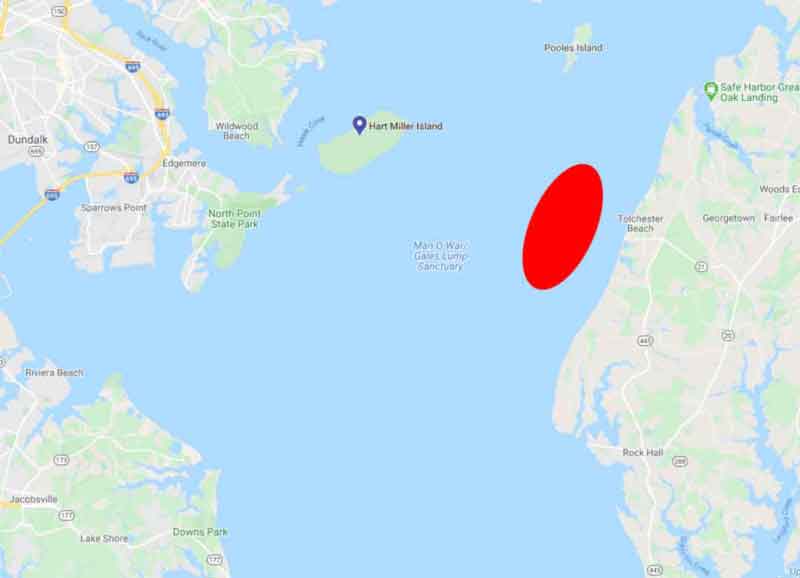Hopefully, most of you noticed that in our weekly fishing reports for the past couple of weeks and in our Attention Maryland Rockfish Anglers blog post we’ve been asking anglers who have fished in the Upper Bay near the fleet at the Hodges/Tolchester area to count the floaters. For many years now, we’ve all noticed rockfish floating dead downstream of the fleet, wherever it may be parked, and we’ve been hoping to gain some insight into just how big a problem it is.

No one knows exactly why these fish are floating dead, year after year. We hear countless theories — it’s all the fault of catch and release anglers, the problem is charter boats that (continue to) use treble hooks, it’s people who don’t know how to properly release the fish they catch, it’s the heat, it’s the water quality, etc. Then, of course, there are some folks who believe it’s all of the above. Truth be told, however, no studies have been done on the floaters so no one really knows for sure. In fact, no one’s even tried measuring the numbers of floaters before.
We’re not attempting to be scientists — far from it — and we know that a non-scientific poll isn’t going to be the basis for any sort of policy changes. But we do want to make an effort to bring this issue to the attention of the fisheries managers who are supposed to be concerned about such things. To that end, we’ve asked anglers to record the number of dead fish they spot, how many hours they were out on the water, and the ratio of keeper-sized to throwback-sized dead rockfish they’ve seen. And already, we have some interesting results to report:
- On average, people fishing in and around the Hodges/Tolchester fleet the past two weeks (18 respondents so far) spotted seven dead fish per hour (up from six fish per hour last week, despite a reduction in the fleet size there).
- The highest single count was 63 dead fish, in a six-hour timeframe.
- The average keeper-to-throwback ratio is estimated at 50-50, although a couple of outliers have reported 80- to 90-percent undersized fish.
Interesting, right? But here are the tidbits we didn’t necessarily expect to hear:
- Many of the fish floating dead are catfish, plus a few shad and carp.
- Almost everyone says they believe they saw more dead fish last year than this year.
- Almost everyone says they believe they caught more fish last year than this year.
Take-aways? Again, while stipulating that what we’re doing here is completely unscientific, common sense would seem to indicate that if many of the fish floating dead aren’t striped bass and half the stripers are keeper-sized (which are rarely released by live-liners and chummers), anglers may not be the problem. Or at least not the entire problem — other factors like environmental conditions and water quality would seem to be in play. We would also note that if seeing seven dead floating fish of any species in an hour is average, the problem is a big one. A very big one.
The real question is, will any of the governmental agencies charged with managing our fisheries and our Bay — who have scientists already on their staffs — become interested enough in this issue to study it? We don’t know. But as long as you anglers continue to report back to us with information regarding the floater-count, we’ll continue to tabulate it and report back to you. Hopefully, sooner or later someone in a position to do actual science will take note.